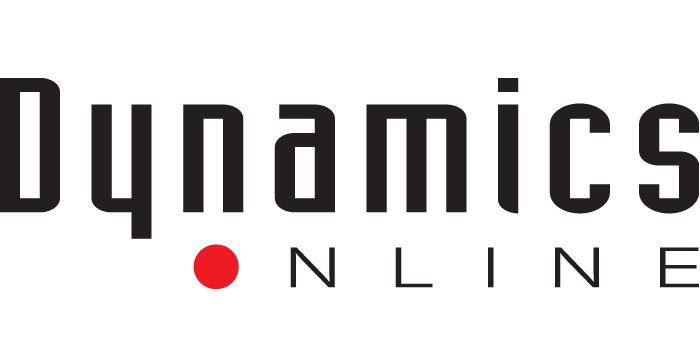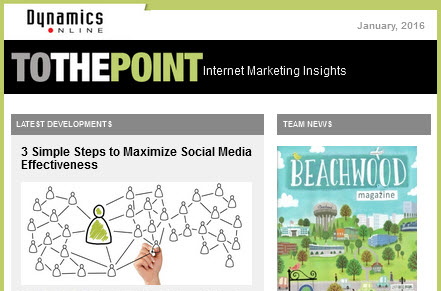Web Design Trends in 2010
Web design has undergone a continuous and surprisingly fast evolution. No longer just a playground for enthusiasts, it has become a mature rich medium with strong aesthetic and functional appeal. But what trends are currently making a difference? What new techniques, concepts and ideas are becoming important? Here are just a few observations on the current state of web design:
Print Design Influence
As more and more people migrate from printed information to online information There is a move toward the tabloid style layout, where information is carefully organized on columns, giving the visitor an opportunity to explore the site as interested, with feature blocks and multiple points of entry to various sections.
Large Logos, Headers and Images
Large logos and oversized headers create an immediate impact without the need to click through to the next page, as you would on the out-of-favor splash page. All you need to do is scroll down. Along with this, incorporating large illustrative images has become an easy way to establish the tone of a site.
Oversized Footers
Footers are becoming less of an after-thought and more of an integral part of the design. They often feature a more complete listing of site links and the less important and more personal information.
Real-Life Metaphors
User interaction is becoming very straightforward and intuitive. Attractive sites with real-life metaphors, i.e. larger realistic looking buttons, images presented as photos tacked on a bulletin board, etc. Elements that create a virtual atmosphere that is familiar in the real world, and compelling to visitors.
Minimalism
Sites featuring lots of white space, bold typography and fresh color schemes. Contrary to what some may think, minimalism does not have to be cold and impersonal. It can be warm and too the point.
Hand-drawn Elements
Used to personalize standard web copy in new and exciting ways and to convey a sense of whimsy, blurring the line between an impersonal web and personal interaction. Not so much as the main focus of a web design, but elemental.
While many good design practices are rapidly being incorporated into websites, there are also many “over-designed” websites that simply incorporate new trends for their own sake.
The key is to use the appropriate design in the appropriate context for the right purpose. That’s where the beauty of information design lies, and it makes the huge difference between a nice design and a nice and usable design.


